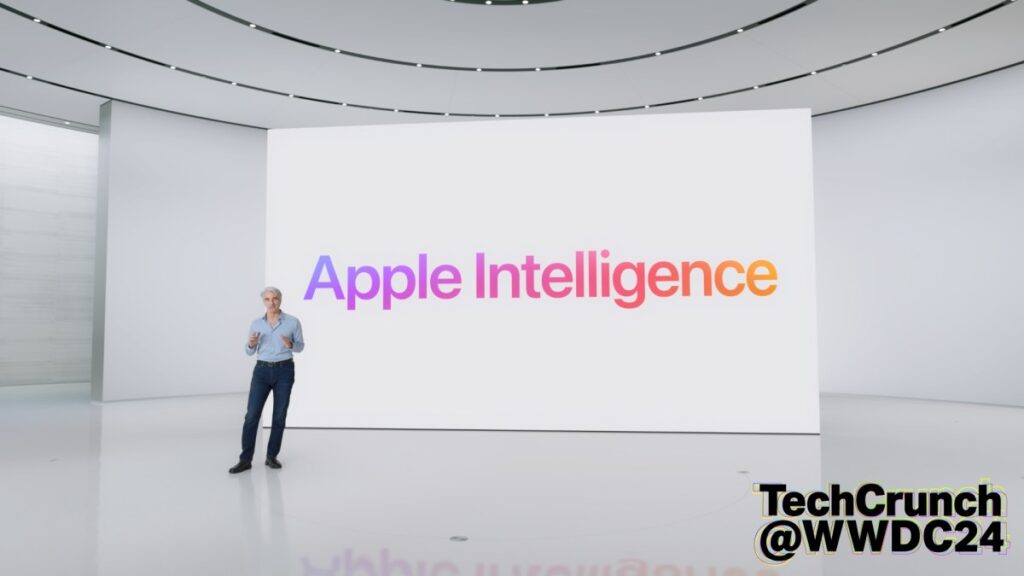In recent developments within the artificial intelligence landscape, Apple has demonstrated a significant pivot in its strategy regarding enhancements to Siri, the company’s voice-activated assistant. The tech giant is reportedly considering integrating AI models from leading third-party providers, OpenAI and Anthropic, instead of relying solely on its in-house solutions, a move that could reshape its competitive positioning in the AI market. This decision arrives during a period of intensifying competition among tech companies vying for dominance in AI-driven solutions, particularly those aimed at bolstering personal assistant capabilities.
According to a recent Bloomberg report, Apple has not merely abandoned its internal projects, which are still under development, but has also engaged OpenAI and Anthropic to customize their models to work seamlessly within Apple’s cloud infrastructure. This dual approach highlights a notable strategic shift: integrating external expertise and technology while continuing to develop proprietary solutions. This could potentially combine the strengths of established AI models from these firms with Apple’s brand ecosystem.
A critical analysis of the comparative advantages of OpenAI and Anthropic reveals divergent focuses and capabilities that could inform Apple’s decision-making process. OpenAI’s ChatGPT has gained considerable traction due to its advanced natural language processing capabilities and extensive pre-training dataset. Its versatility allows for a broad array of applications beyond voice assistance, from content generation to coding assistance. However, it is important to note that API costs associated with OpenAI can escalate quickly, particularly for small to medium-sized businesses (SMBs) depending on usage volume, potentially impacting return on investment (ROI).
Conversely, Anthropic’s Claude aims for a more ethically attuned approach to AI, which emphasizes trust and interpretability. This focus could align closely with Apple’s brand identity, which heavily promotes user privacy and data security. From a cost perspective, Anthropic’s pricing structure may offer competitive advantages for certain applications, especially for organizations that prioritize social responsibility alongside technological prowess. However, its models may not yet exhibit the same level of robustness as ChatGPT in diverse use cases, presenting a challenge when considering scalability.
Apple’s decision to look beyond its in-house technology—originally dubbed “LLM Siri”—underscores the complexities facing organizations aiming to develop cutting-edge AI solutions. The delay of the AI-enabled Siri, from its original 2025 target to push it into 2026 or later due to “technical challenges,” indicates that even a company of Apple’s stature has encountered friction in its AI efforts. This predicament highlights a broader trend where internal development might not always keep pace with rapidly evolving market innovations.
Moreover, Apple’s previous integration of ChatGPT for responding to more complex queries indicates that leveraging existing AI frameworks can yield immediate benefits while awaiting the maturation of in-house solutions. Businesses can glean insights from this approach: the inclination to utilize third-party platforms while concurrently fostering internal capabilities may facilitate faster development cycles, reduce risk, and enhance service resilience.
Siri’s current limitations in comparison to rivals such as Google Assistant raise further questions about Apple’s strategic choices. While Siri can access external AI capabilities, its overall performance and contextual understanding lag behind that of its competitors. This inadequacy represents both a threat and an opportunity; for Apple, working with established AI providers could catalyze a qualitative upgrade to Siri’s performance capacities, thereby restoring competitive relevance.
From a tool comparison lens, automation platforms such as Make vs. Zapier also furnish valuable considerations for SMB leaders and automation specialists. Make offers a more visual interface and potentially more complex integrations at a competitive price point, appealing to teams that require intricate workflows. In contrast, Zapier, with its ease of use and extensive app integrability, remains a favorite for simple automation needs. For companies assessing options to augment operational efficiency, analyzing the costs, ROI, and scalability of these platforms in relation to specific business objectives is vital.
For instance, the ROI from automation tools like Zapier can manifest almost immediately in improved workflow efficiencies, allowing teams to redirect their efforts toward more strategic initiatives. Conversely, Make might offer prolonged value for organizations looking for customized automations, albeit with a potentially higher upfront investment in time and training as users familiarize themselves with the platform’s comprehensive features.
In summary, Apple’s consideration of third-party AI models signals a paradigmatic shift in its approach to improving Siri. The deliberation to potentially integrate OpenAI and Anthropic raises critical questions regarding capabilities, cost-effectiveness, scalability, and the strategic alignment of technologies with organizational values. Organizations across the spectrum would do well to emulate Apple’s analysis-driven approach when assessing AI and automation solutions, ensuring alignment with business goals while remaining cognizant of the fast pace of innovation in the market.
FlowMind AI Insight: The landscape of AI and automation is rapidly evolving, necessitating that businesses remain agile in their decision-making processes. Evaluating both internal capabilities and external partnerships can enrich organizational efficacy and competitive advantage, providing pathways for transformative growth.
Original article: Read here
2025-06-30 07:00:00

